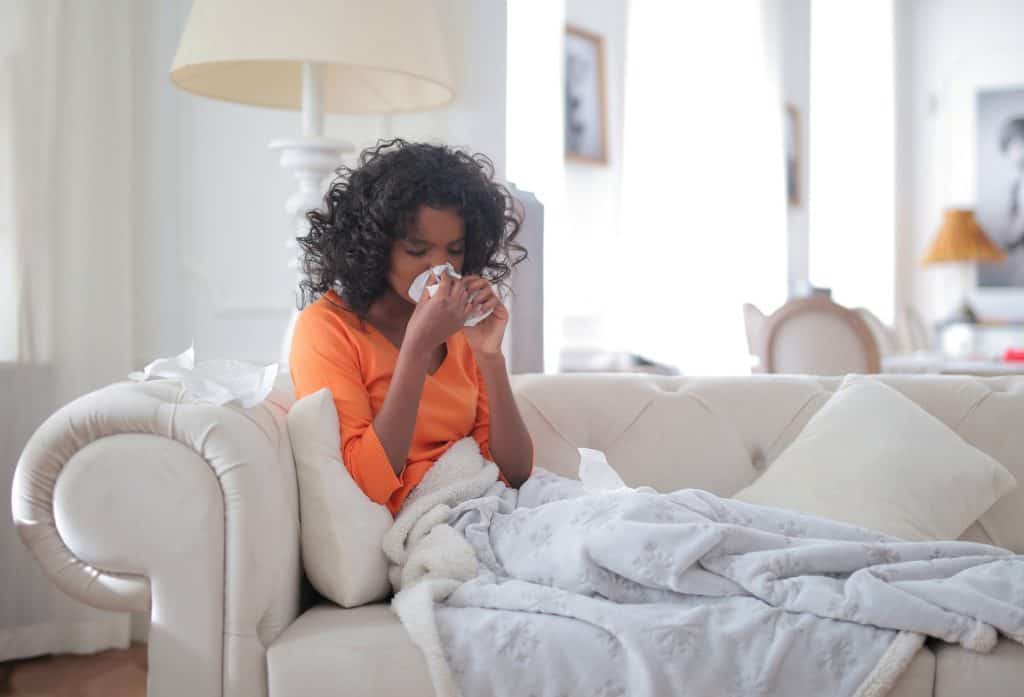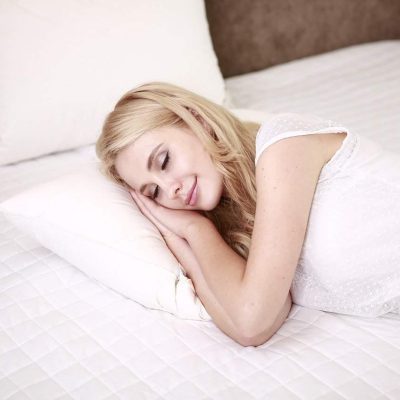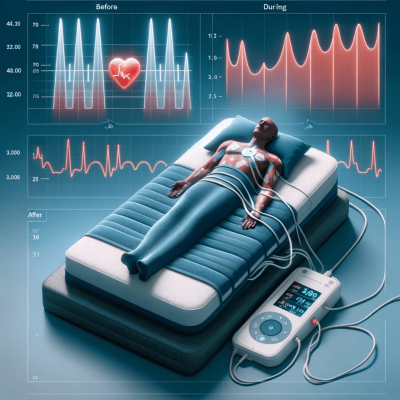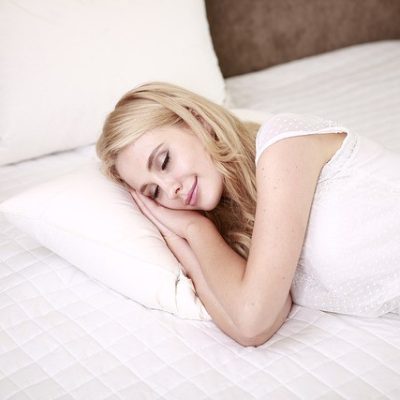As you can probably imagine, a CPAP
and allergies don’t go hand in hand. These devices are meant to make breathing
easier for you at night, and if seasonal allergens are getting in the way,
you’ll have difficulty feeling comfortable and getting rest.
People with Sleep Apnea can develop more serious
reactions to allergens than others by causing swelling in their airways
which itself causes a build-up of congestion and can make it much more
difficult to breathe. That’s why you’ll have to do some extra maintenance work
with your device to prevent allergies from getting in the way of a good night’s
rest.
Here’s what you need to know about taking
care of your CPAP and allergies.
1)
Test Your CPAP and Allergies During the Day
When you unbox your CPAP machine for
the first time, wear the mask attachment as you go about your daily routine.
You can put it on as you read a book, eat, watch the TV. If you experience any
trouble breathing while using the CPAP mask due to your allergies, you’ll know
that night will bring trouble.
Wear the mask in the daytime to get a
sense of how your allergies will affect your CPAP at night. You’ll know how
much the allergies will limit your breathing early on rather than when you need
to get rest.
2) Find
a Safe Spot for Your CPAP Machine
If you’re using a CPAP machine for the
first time, you’ll need to find a suitable place to put it to keep it clean and
enjoy a good night’s sleep. If you leave your device in a dusty environment or
near a window with pollen blowing in, CPAP and allergies will become a huge
issue for you.
Here are some tips to decrease allergens
from disturbing your sleep:
•
Make sure that the location of
the CPAP device is not in proximity to any allergy-triggering objects, such as
flowers, food, or dust.
•
Clean the entire area where you
plan to place your CPAP machine before you turn it on. If it isn’t clean,
there’s a danger the device could absorb some of these allergens through the
air fan.
•
Don’t put it on the floor. It
could get damaged, or you could impede the air supply.
You may need to distance yourself from
any animals in your home if they’re disturbing your allergies. Keep cats and
dogs out of the room, so it’s protected from fur.
3) Regularly
Clean Your CPAP machine
When it comes to managing your CPAP
and allergies, you don’t just want to clean the area surrounding the device;
you need to clean the part as well.
The tubing and mask of a CPAP machine can
easily collect and store allergens such as dust and pollen. Even if there are
no visible signs of dirt on your CPAP machines, these particles can build up
and create breathing difficulties for your overnight.
Instead of using soap and water, consider
purchasing a deep CPAP cleaner to keep your device clean. You should clean
all the parts of your CPAP machine at least once a month to ensure there has
not been too great an accumulation of allergens. However, you should clean the
mask at least once a week as this is the part that your breathing is most
exposed to.
4)
Invest in Replacement Parts For Your CPAP machine
Your CPAP machine will not last
forever, and you may have to replace parts annually. For example, the straps
attaching the mask to your face tend to wear out over time, or the tubing may
get punctured or cracked, which stops you from receiving a full air supply due
to a leak.
If you suffer from allergies, pay close
attention to the filters inside the CPAP device. The filters inside the DreamStation 2 and other CPAP machines
will become dirty and gather dust and other allergens over time.
If you observe a build-up of dirt around
the filter, don’t just clean it. Make sure you replace it and have replacement
filters available for future replacements. If you don’t do this, you risk
having an allergic reaction to the CPAP device further along the line.
We recommend inspecting all the parts of
your CPAP machine at least once a month to ensure that all parts are
functioning appropriately. If they are not, you are not getting the full
benefit of the machine, and you could even be putting your health
at risk.
Conclusion
If you have a CPAP and allergies, you
can still get great rest. You just need to do some trial runs with your mask
during the day to see how much your breathing will be affected at night.
It’s critical to store your device in an
environment that’s free of dust, pollen, and other irritants. We also recommend
regular cleaning and replacing parts of your device, such as the air filter and
tubes. It’s easiest to purchase a CPAP cleaner to ensure all the dust and dirt
comes off the device.
If you continue to experience difficulty
breathing with your CPAP and allergies, check in with your doctor.

